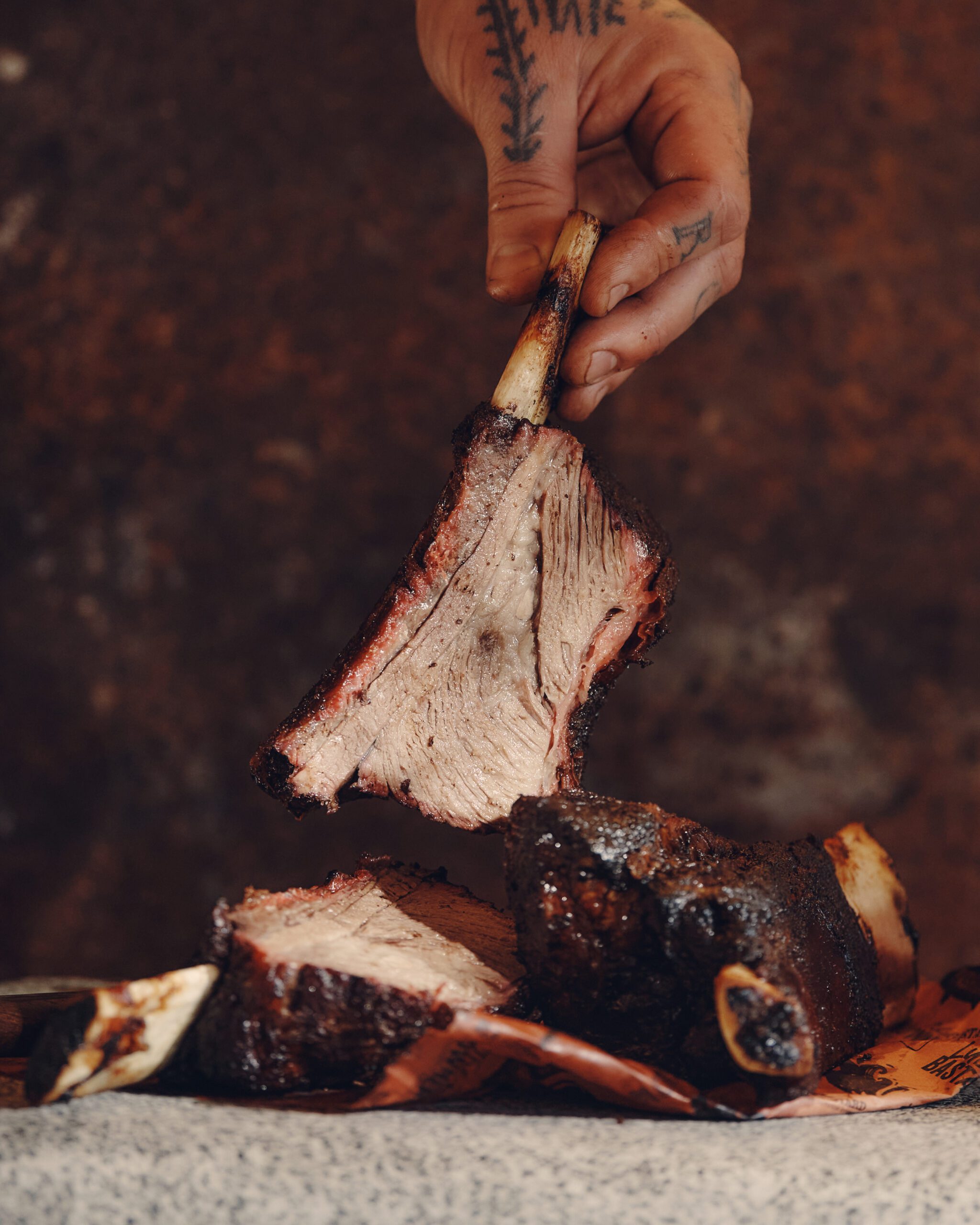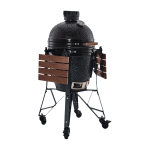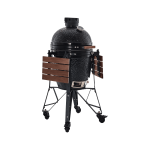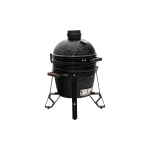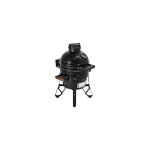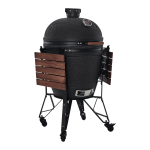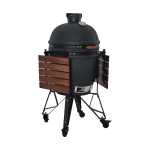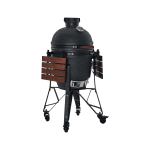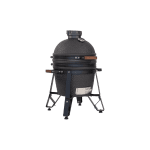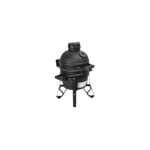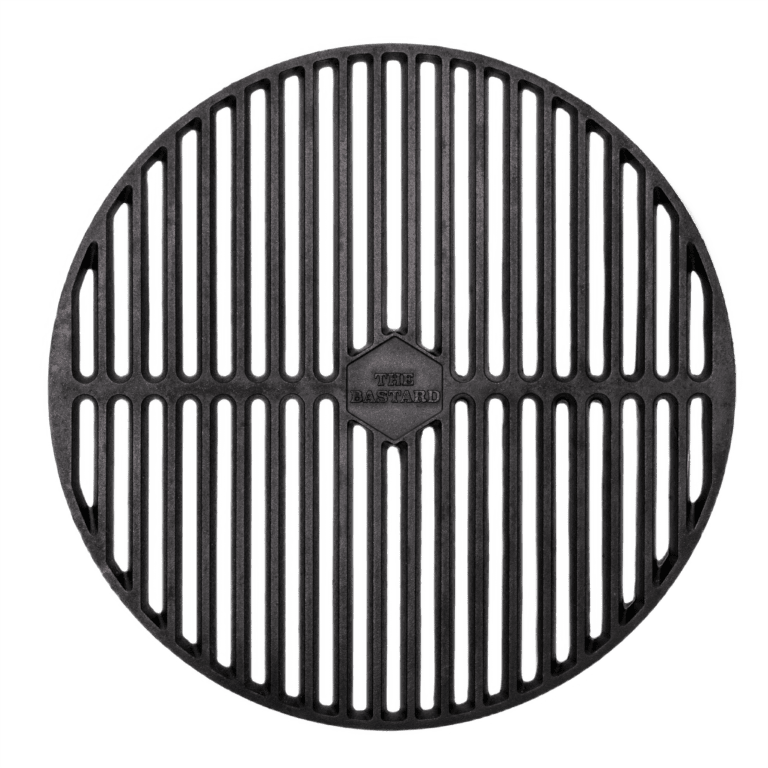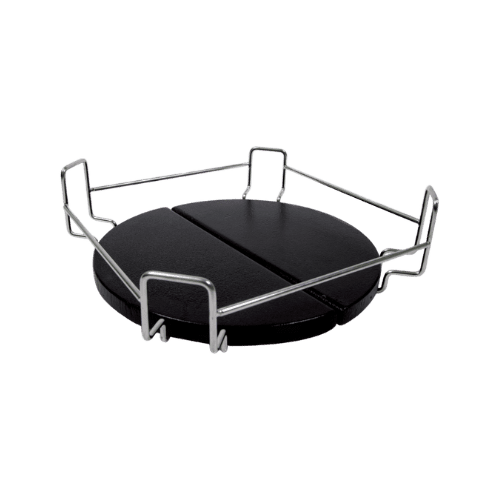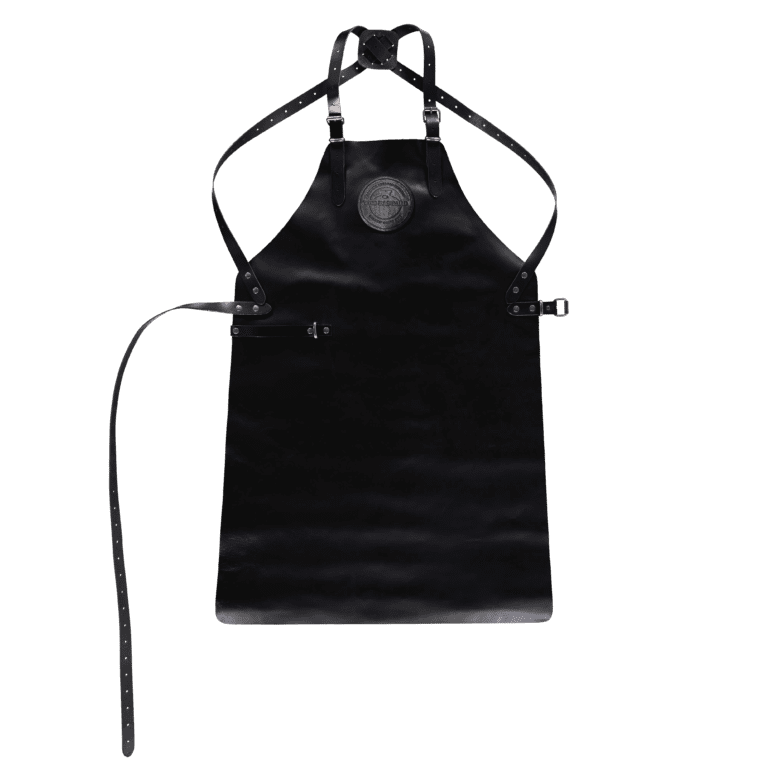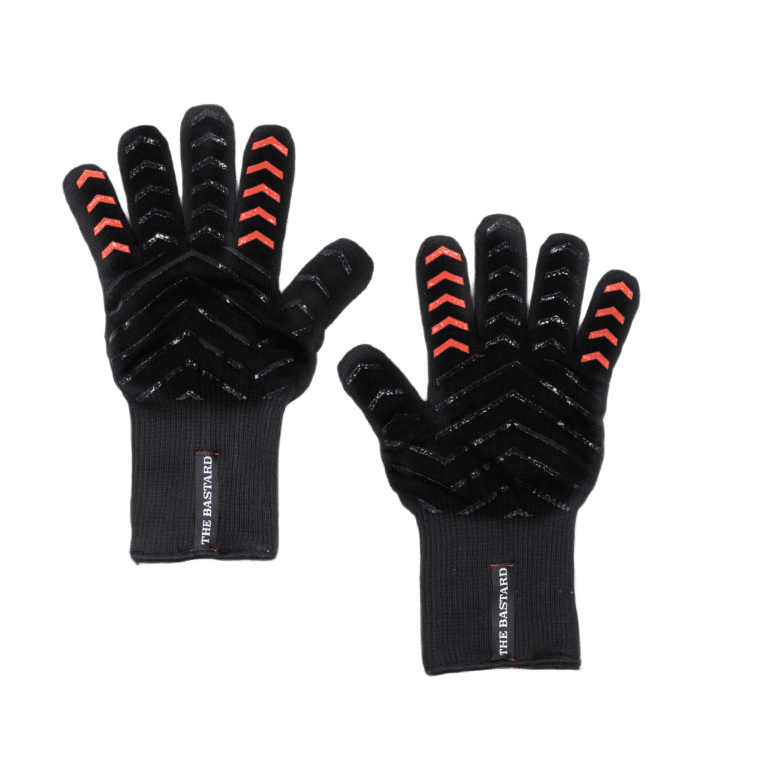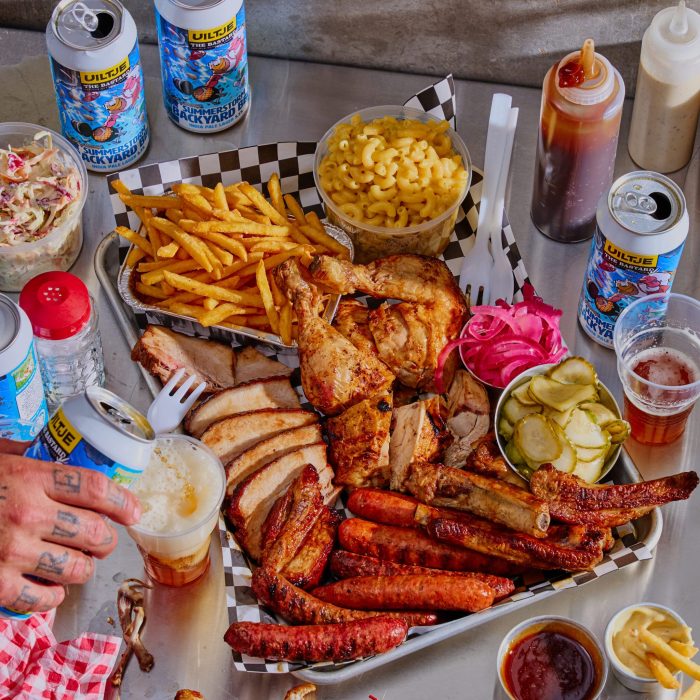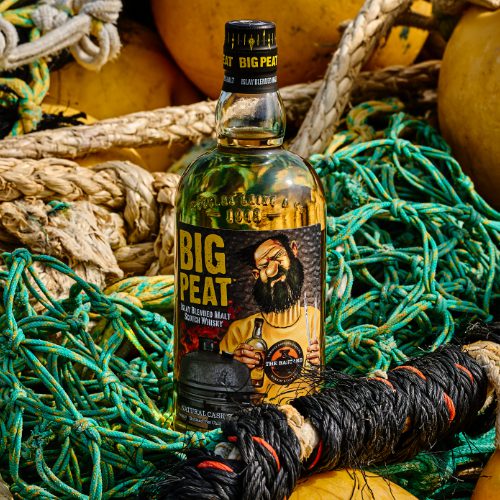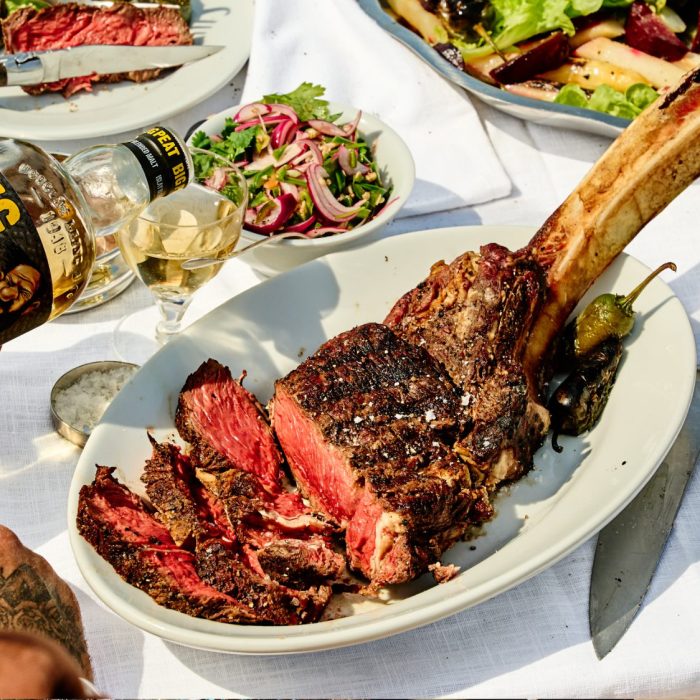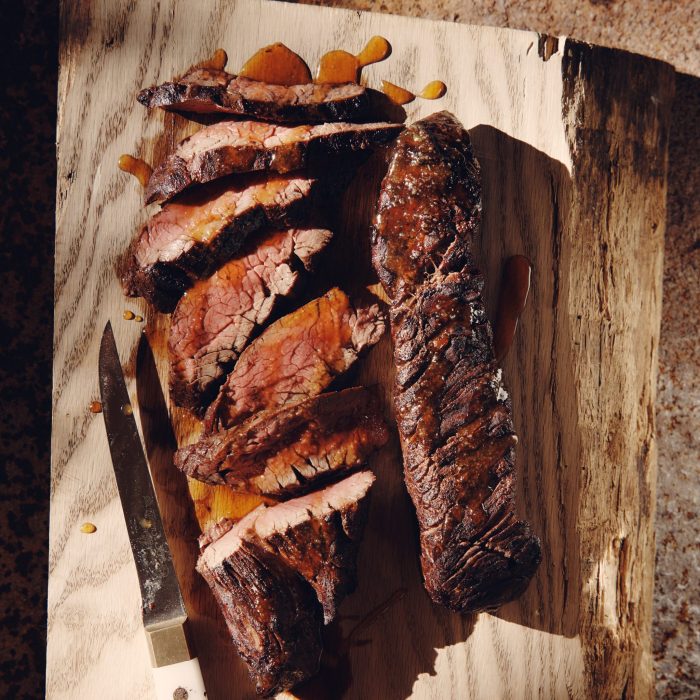This recipe for Slow-cooked shortrib is the essence of what barbecue is all about. Flavorful, smoky, fatty and very impressive. Many a barbecue professor enjoys giving a lecture on WHY this is so irresistibly delicious, we'll summarize it for you. That way next time you can orate yourself to your willing students. Because everyone will want to apprentice with you if you know how to make these ribs properly.
Besides all the delicious food, of course, think about safety. Our The Bastard Apron protects you from stains and splashes and is also super stylish. A win-win right? The Fiber Thermo BBQ Gloves are also not insignificant. They are made of Nomex and Kevlar, highly heat-resistant and super sturdy. You can pick up a stainless steel grill from your Bastard in no time.
This recipe for Slow-cooked shortribs is from our cookbook Good.Better.Bastard.
This deluxe cookbook is a culinary manifesto with 96 recipes like and 280+ pages Bastard-content. The dishes in this book are challenging, inspiring, but most of all very tasty. It is a reflection of what you like best on The Bastard makes. The story in this book is also told through the eyes of some inspiring artists. They took on the challenge of interpreting these 24 Bastard characters.
Ignite your grilling soul - because when it comes to BBQ, there's Good, there's Better, and then there's Bastard.
Also keep an eye on our Instagram page for even more delicious dishes: thebastard.official
